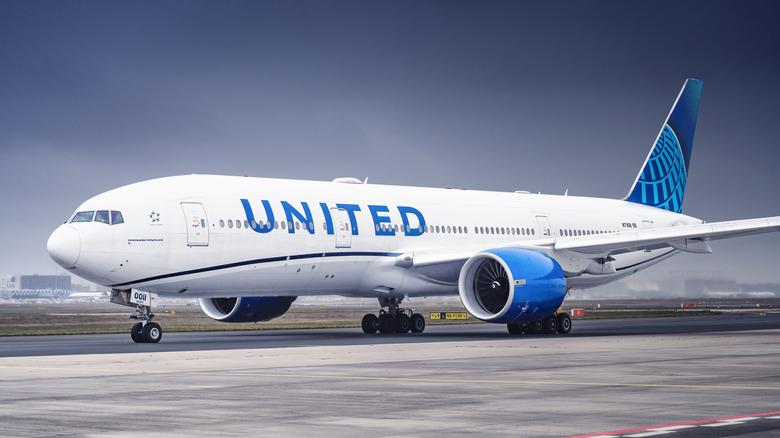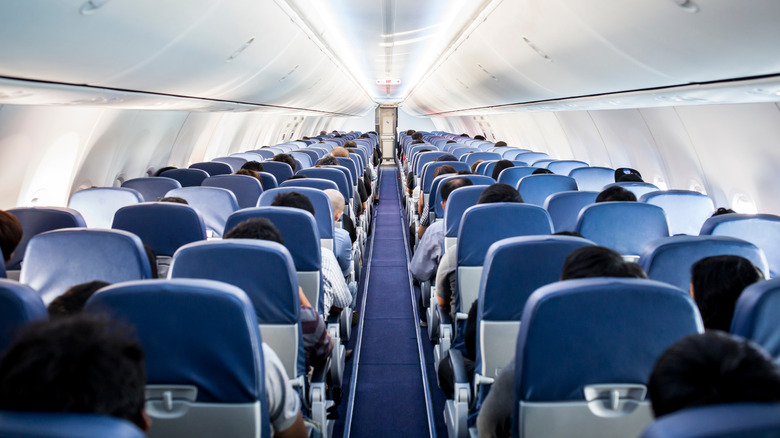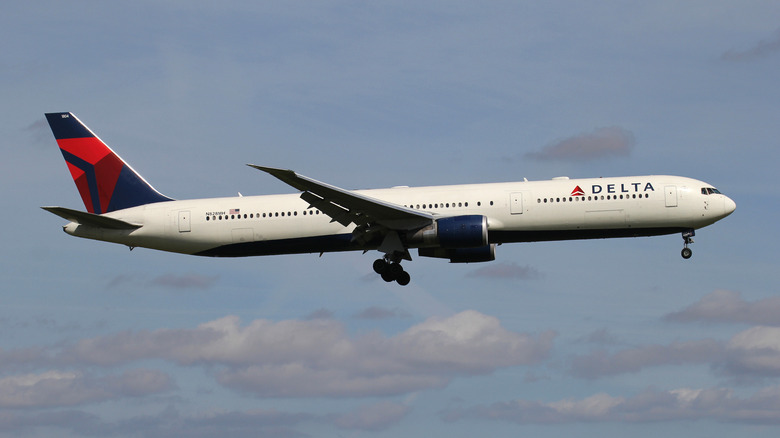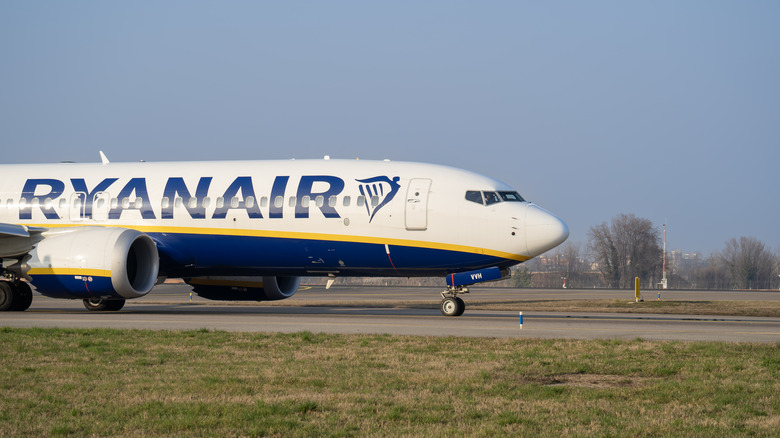
Alvin Man/Getty Images
By Eli Becht/
Although several companies manufacture jets around the world, Boeing stands above the competition, at least according to retired captain turned instructor Richard J. Levy. Captain Levy flew many crafts over his nearly 41-year career, and of them all, Boeing’s 777 aircraft stands above the rest. Released in the mid-1990s, the 777 improved on everything from its previous iterations, and it’s the line that’s still being improved upon today. Levy’s biggest takeaway is how easy flying was made with the 777.
«The 777 would fly long distances, and have the navigation equipment to fly worldwide, including over the Polar regions,» he told SlashGear. «And the Autoland was used down to 75 meters runway visual range.»
It might seem surprising to hear the massive size of the Boeing 777 has the smoothest landing, but that’s largely thanks to the advancement Autoland system. Autoland lets the pilot oversee the landing, but an automated system handles the process and the only time intervention is needed is in the event of a failure. «How good was the Autoland? Almost every time, it made a landing so smooth you would hardly notice you were on the ground.»
The Boeing 777 can hold up to 397 passengers, and it’s the largest twinjet in the world. Despite that and the advancements made by Boeing, there were just over 1,600 in service as of December 2018 — a number that pales in comparison to the older 737 model.
The 727 is a favorite, but it had issues

CatwalkPhotos/Shutterstock
The 727, while outdated and outclassed nowadays, is still looked back with a lot of fondness by Levy. «I loved the Boeing 727 because it was one of the last models with older technology. It was always challenging to make a ‘grease job’ in the 727. It was a fast aircraft.»
A grease job refers to making a smooth landing post-flight, and the 727 ran into many issues with landing that led to public backlash. Boeing determined it to be due to pilot error, instead of the craft itself, and changes to the training procedures in the mid-1960s helped win the trust of flyers.
It’s been nearly 60 years since the 727 first took flight, but it’s still hanging in there. Production ended in 1984, and only a handful are still in service today — 35 aircraft as of December 2023 — but it’s mostly used for carrying freight instead of passengers these days. Perhaps the lasting legacy of the Boeing 727 will be its role in one of the most famous crimes of all time. In 1971, a man known as D.B. Cooper hijacked a 727 and escaped with $200,000, but he was never found and the crime was never solved.
Boeing rounds out the list

Bjoern Wylezich/Getty Images
The 727 was followed up by the 737 and 747, respectively, before getting to the Boeing 757 and 767 — the latter two rounding out the list of Levy’s favorites. The 757 represents a nice middle ground between smaller passenger liners and the larger 777 aircraft. It seats up to 200 passengers, but one of its standout features is the engines that let it take off on short runways at small airports.
«The Boeing 757 would fly into South American airports whether at a high elevation or onto a short runway,» Levy noted. Boeing’s 757 is a narrow craft that cut back on costs and improved its fuel efficiency. A little under 200 Boeing 757s are still in service as of 2023.
While the numbering of the 757 and 767 suggests the latter replaced the former, that’s not the case. The two were made in tandem, and had many design similarities, but the pair weren’t a like-for-like comparison. «The Boeing 767 had (for me) the newest technology in the ’80s and ’90s to make long distance and worldwide international flying simple and fun,» Levy said.
The Boeing 767 carries up to 375 passengers, and it’s capable of flying up to 6,590 nautical miles depending on the variant, so it’s no surprise long flights being a breeze is appreciated. Like the 757, the 767’s days are numbered — just over 200 are in service as of 2024.
The glaring omission

Mrkit99/Getty Images
The elephant in the room is the Boeing 737 missing from the list. It’s far and away the company’s most popular craft, and has more orders in its backlog than the Boeing 767, 777, and 787 have combined. That makes it the top seller from Boeing, and it’s one of the most produced aircraft among all companies. Although it’s not one of Levy’s favorites, it’s clear the 737 has its supporters among the major airliners, even if it is growing long in the tooth.
Debuting in the late 1960s, the 737 has remained in service production longer than some of Levy’s favorites, thanks to the line’s evolution year after year. The 737-100 line was retired in 2005, but the line lives on through the Max. The Max has been making headlines for all the wrong reasons lately, and in March 2024, Boeing announced it was replacing its CEO Dave Calhoun as a result of a series of incidents plaguing the flagship airliner.